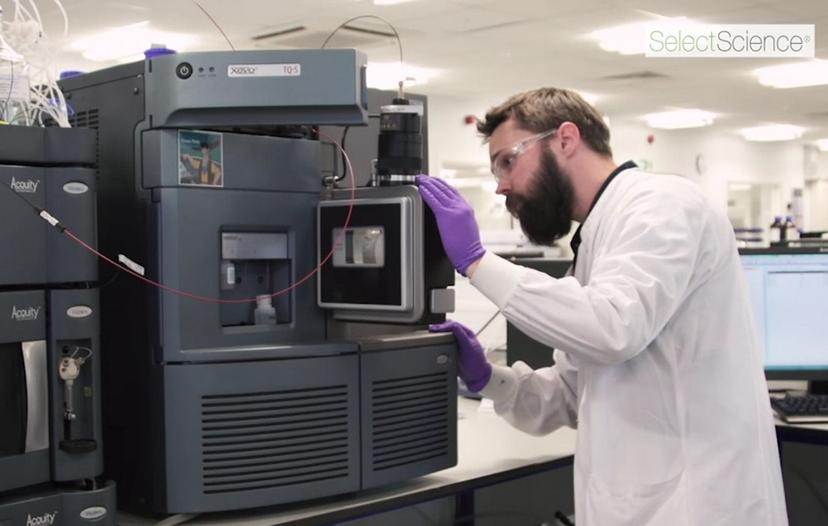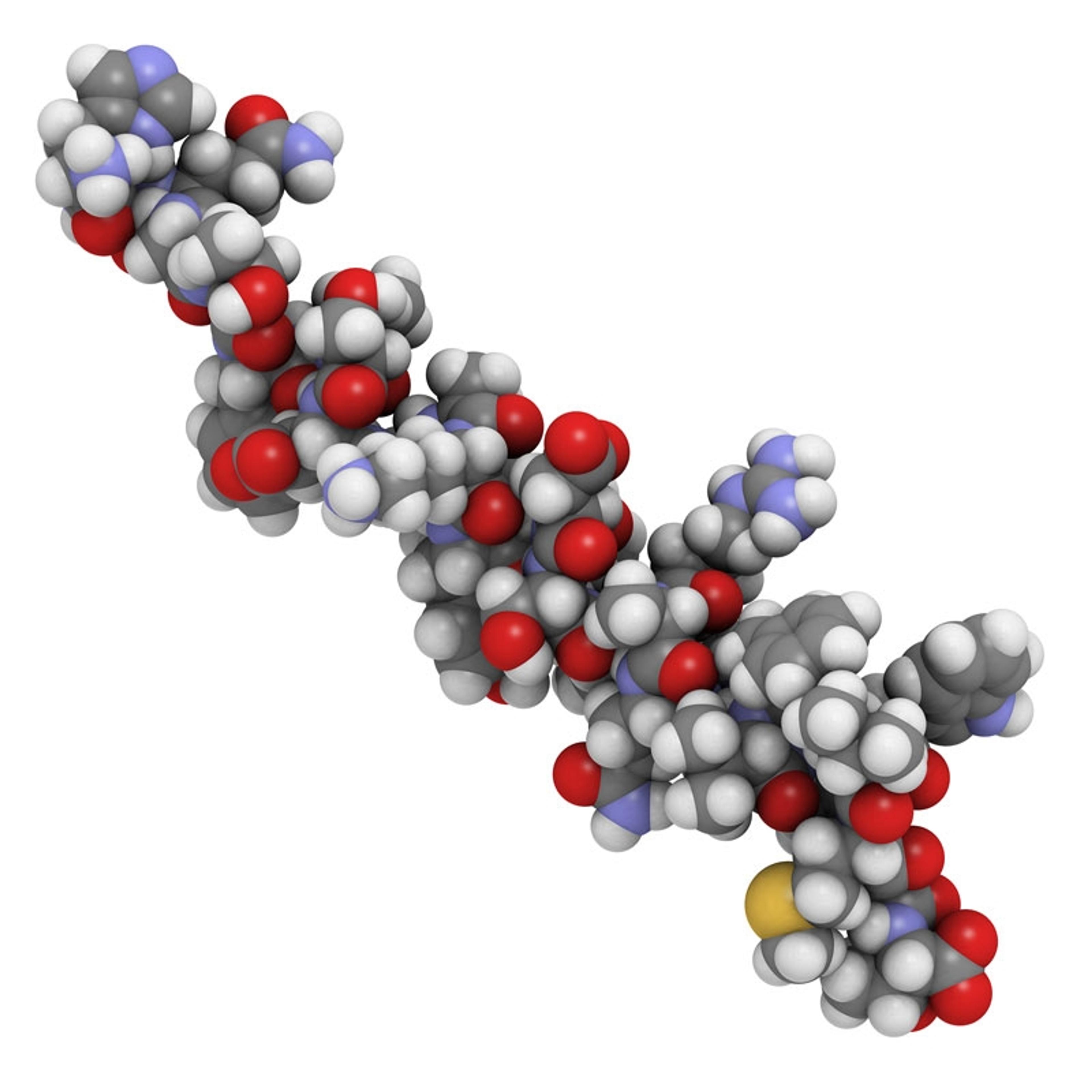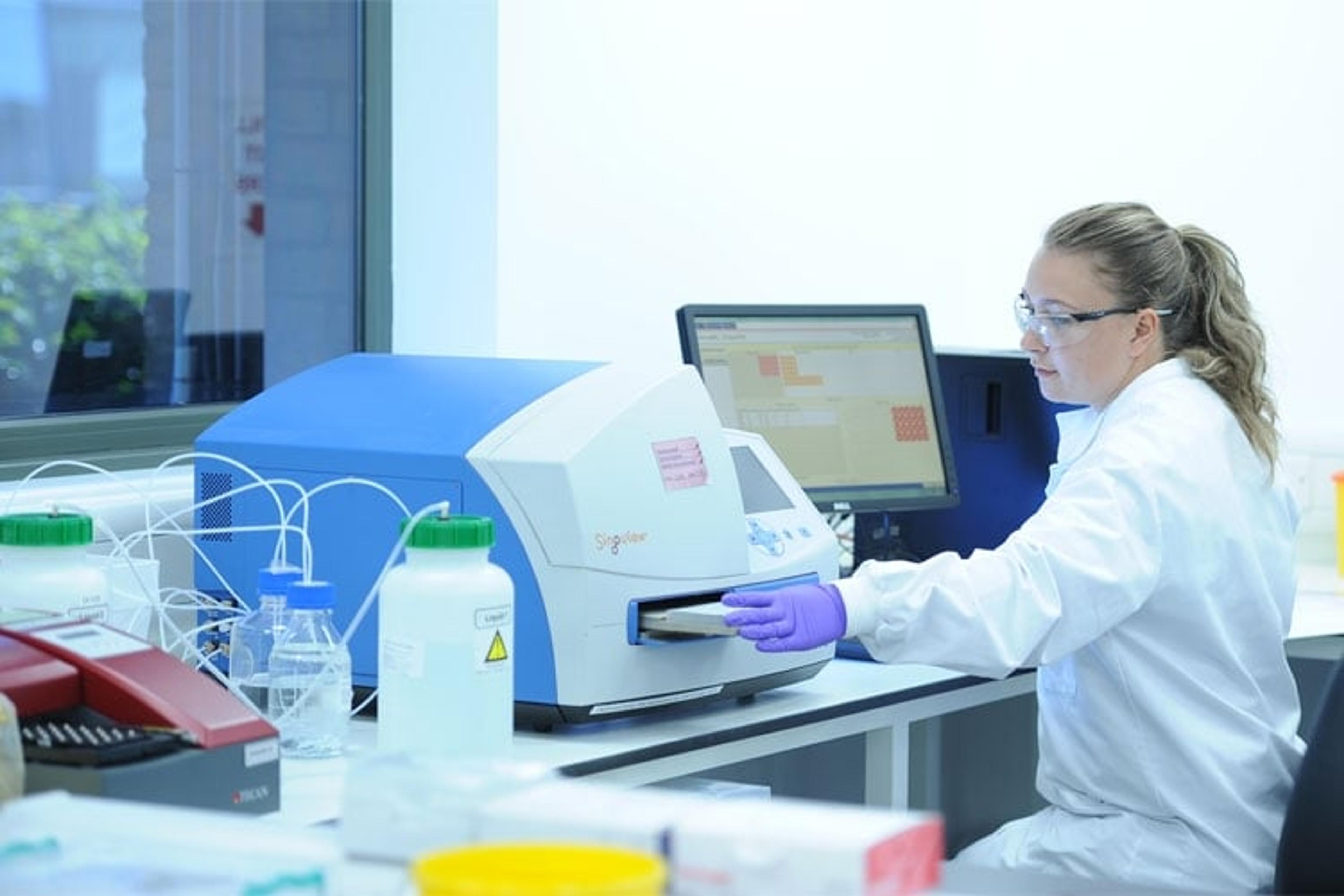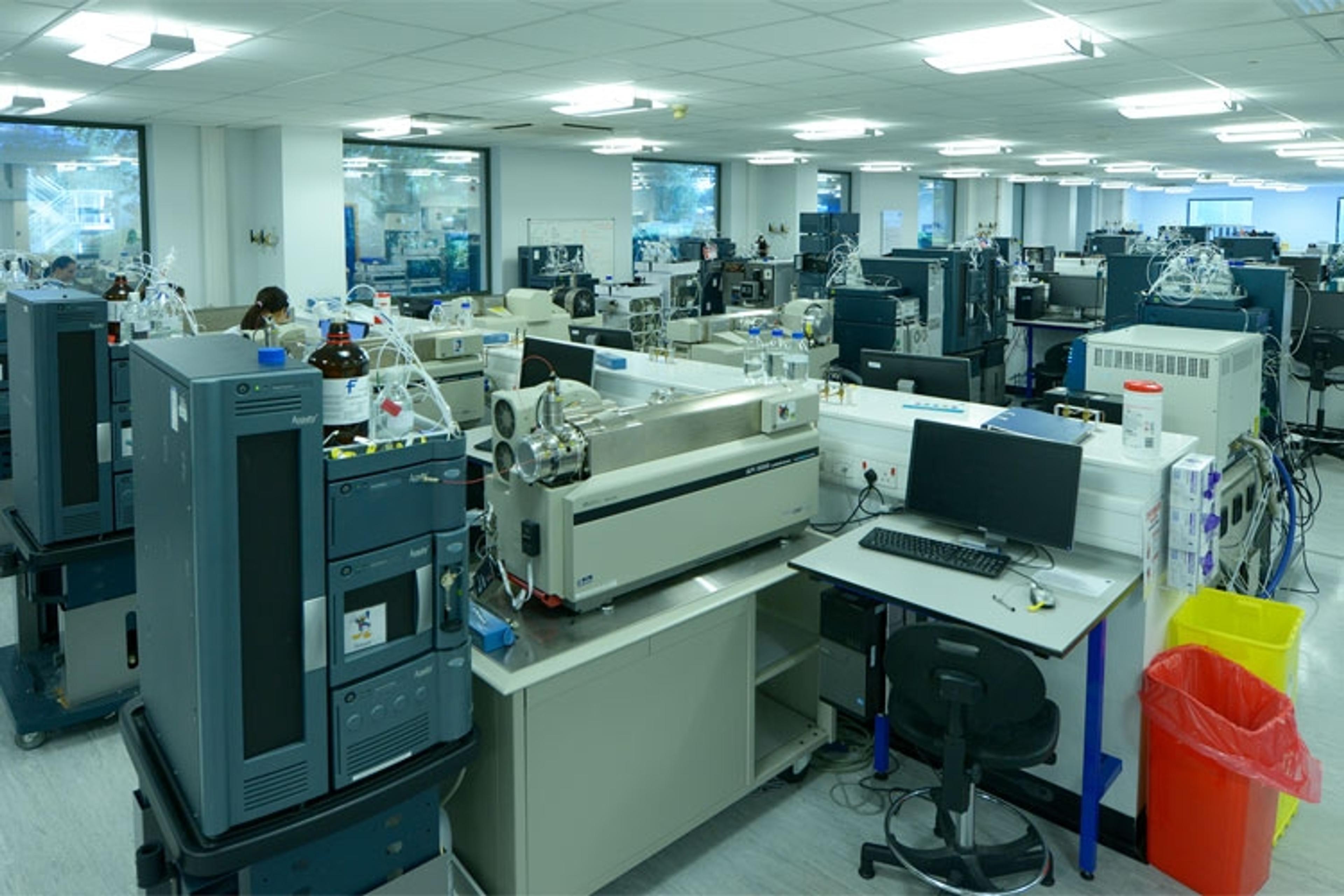Using LC-MS Approaches to Improve on Traditional Bioanalysis Methods
Learn how the Bioanalysis Department at LGC is implementing LC-MS to improve services
31 Jan 2017

The Bioanalysis Department of LGC is utilizing LC-MS technology
The main focus of my work is ensuring scientific quality throughout everything we do, from method development through to analysis
Dr Catarina Horro Pita,
Drug Development Services, LGC
SelectScience® interviewed two scientists working within the Bioanalysis Department at LGC to find out how they were implementing LC-MS/MS to improve the analysis of both small and large molecules.
Dr Catarina Horro Pita, a Principal Scientist who is specialized in small molecule analysis, described how she is currently working on the way biomarkers are validated at LGC. She explained that rather than using a pharmacokinetic approach, they are working on more suitable strategies to measure endogenous analytes using LC-MS/MS. Watch the full interview to find out more.
Kjetil Hansen, another scientist in the department, explained how LC-MS has increased selectivity in comparison to the traditional immunoassay analysis. He went onto describe the process of protein digestion, initial peptide screening using Q-TOF and finally analysis of the chosen peptide on a triple quadruple mass spectrometry. To learn more, watch the full interview.



